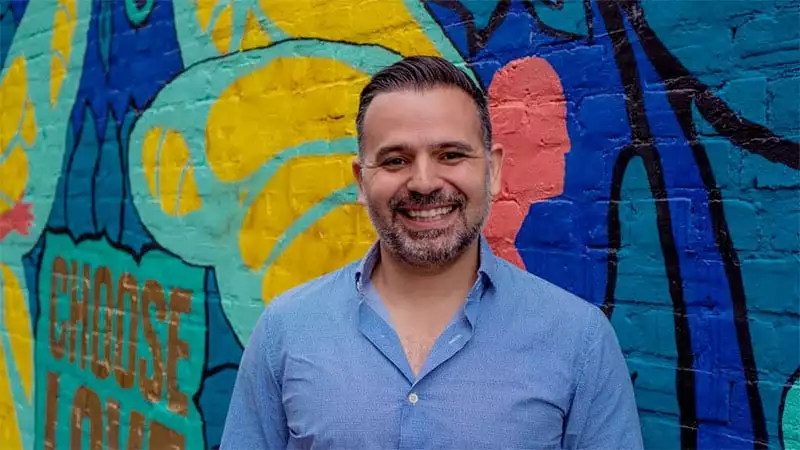#MakeItSocial: top 5 things we learned from our case studies
Social media for non-profits and social enterprises is no quick fix. We’ve said it before – and we’ll keep saying it – it takes a strategic plan and the energy to follow through, measure progress and adjust where needed.
Nowadays, social media is about forging connections and building relationships; it’s about creating communities. Those communities can’t be bought, but with dedication and drive, they can certainly be built over time.
Social Misfits Media, our sister company Lightful, and our friends at the Institute of Fundraising, have come together to build our most comprehensive guide yet, #MakeItSocial, which gives you plenty of tips and tricks as to how you make the most out of your social media. Better yet, for the sceptics or the demotivated among you, we also interviewed three fantastic organisations who are proof that when you make social media work for you – it really works.
The first of our case studies is Autistica, a UK charity engaged in funding and campaigning for research on autism and related conditions. The second, Bliss, is the leading UK charity for the one in seven babies who are born premature or sick and in need of neonatal care. Lastly, we spoke to Islamic Relief UK, who work to alleviate poverty and to bring disaster relief to people in the some of the toughest regions of the world.
So, here is a list of five of their top recommendations for you to use as inspiration and encouragement for your own social media activity:
1. Don’t be afraid to fail
Abdul Basit Ali, Social Media Manager of Islamic Relief UK advised, “Be brave enough to say, ‘as long as I have this budget and these resources, I think it will do really well’. Maybe it will fail, but it’s important to try.”
Gemma Collins-Ellis, Communications Manager at Bliss agreed, “You won’t always get the reaction that you hope for – you might spend ages creating a beautiful piece of content that doesn’t work well. I wish I’d known that it’s alright, you just need to tweak and test and try again.”
2. Good social media needs support from all teams
Abdul Basit Ali told us, “Social media teams cannot work in silos, and have to keep positive relationships with other departments – especially external-facing teams, because they generally become the social media spokespeople and tweet at events for you.”
For Rebecca Sterry, Senior Communications Manager at Autistica, she believes “Our success so far has really encouraged [the team to be active on social media], and it’s become part of our organisational culture to be active on the platforms that work for our audiences.
We are really relaxed about it – we want the personality of the organisation to come through the people.”
![How well is your social media usage integrated into your overall fundraising? [chart]](https://fundraising.co.uk/wp-content/uploads/2019/03/makeitsocial-chart.jpg.webp)
Chart: How well is your social media usage integrated into your overall fundraising?
Advertisement
3. Use social media to build trust
Tufail Hussain, Interim UK Director at Islamic Relief UK explained, “We have used Facebook Live from our emergency distributions to show our donors and supporters how the money raised for emergencies is being utilised. That’s helped to build trust. In the past we’ve done a lot of testing that’s helped us run many successful Facebook Live fundraising campaigns, raising over £25,000.”
4. Keep your audience in mind when creating content
Gemma Collins-Ellis remarked, “We created an animation about weaning a premature baby and that type of information does not exist anywhere else, from any other source, so it performed really well. Everyone wanted it – health professionals, parents. It was exactly what the audience needed.”
Rebecca Sterry agreed, “We plan to do some social listening too. We want to see the kinds of things people are talking about in the field of autism, and how our work can fit in with that.”
5. A/B testing is key
Gemma Collins-Ellis told us, “We do a lot of testing on social, both organic and paid. We might have two identical Facebook ads testing calls to action, longer or shorter headlines. Then we turn off the ones that aren’t working. Some things we know for sure, like real life photos always perform better.”
All three of the organisations have totally different cause areas, and yet the one thing they have in common is their stellar commitment to social media and the respective benefits they reap from their efforts. Hopefully this has given you some food for thought about how you too can focus your (limited) time and resources on what will work best for you.
For more tips, tricks and inspiration – head to Social Misfits Media to read the whole #MakeItSocial guide.

Carlos Miranda



